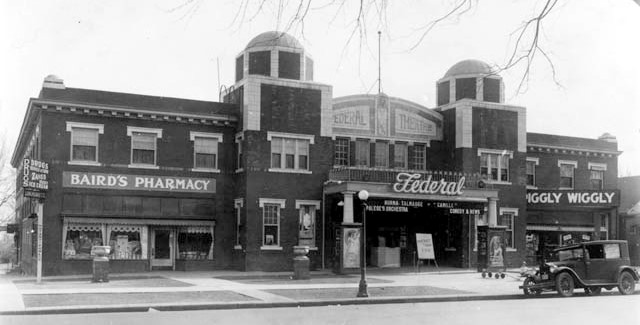By Rebecca A. Hunt
Sunnyside rises to the north of her better-known sister, the Highlands. When Sunnyside was founded in 1872, it covered an area between Pecos and Tejon, and ran from West 38th to 44th avenues.

Eventually it spread east to the South Platte River and up to West 48th Avenue. It was a middle-class neighborhood to the south and west but heavily industrial in its east and northern areas. Up there you could find the Denver, Northwestern and Pacific railyards and shops. The town of Argo also sat at the northeast border.
Argo was a mostly Swedish neighborhood that consisted of a few small subdivisions to the west of Globeville. The town’s main employer was the Argo Smelter owned by the Boston and Colorado Company, which began operation in Black Hawk in 1875. To get closer to transportation, labor and fuel, Nathaniel Hill and his partners moved the smelter to Argo Junction near Denver in 1878. Fire destroyed the smelter in 1908.
By the 1880s, north Denver’s Irish began to move into eastern Sunnyside. They bought plots of land and then built small homes for their families. They worked for the smelter, railroad and in other industrial operation in the area. Some attended St. Patrick Church in Highland and others crossed the tracks to worship at St. Ann’s located on East 38th and Delgany in north central Denver.
By the 1890s, southern Italians from near Potenza began to arrive in the northside. While the center of their colony was on Navajo Street south of West 38th, the land available in Sunnyside was attractive because it included large lots that could be farmed. And they also worked in nearby industrial jobs. One enterprising Italian immigrant opened one of the first groceries on West 38th at Jason Street.
Beginning in the early 1900s, the sugar beet industry drew workers from northern New Mexico, the San Luis Valley and Mexico. Many settled on the northside, including in Sunnyside. This was just the beginning of the era when Latinos became one of the dominant ethnic groups in the neighborhood.

Like the other groups, they established their own businesses and churches, and became a cultural and political force in the neighborhood. And like the earlier groups, many of the next generation moved out to other neighborhoods. This made room for a new generation of Latino immigrants. In 1920, the population of Latinos was about 2,000 individuals but grew with each passing decade.
At the west side of the neighborhood, running from Zuni to Federal and from West 44th to West 48th was Lewis Perrin’s farm. In 1875, he sold his farm in Wheat Ridge and moved to Sunnyside where he grew sugar beets and other cash crops. Known as Perrin’s Addition, sometime in the 1890s it became a neighborhood of large homes filled with middle-class families interspersed with large garden plots. Another part of Perrin’s legacy was rows of cottonwoods planted along West 44th. Denver tore down the trees to widen the street in 1927.
Perrin’s home at 4375 Clay St. was a large Italianate house. It stood until 1958, when a purchaser tore it down to build a gas station.
In the 1910s and 20s, the second generation of Italian-Americans located westward into the section that had once been Perrin’s Addition. Developers were now building a new housing style, the bungalow. These younger families started their own businesses. Ernie’s Pizza Bar was one of those. It served what some people considered the best pizza and fried chicken in north Denver.
Another business was the 1927 Federal Theatre, which allowed people to attend the latest movies. It anchored the northeast corner of Federal and 38th. The building was also home to Baird’s Pharmacy and a Piggly Wiggly grocery store. It was remodeled with the current façade in 1948.
Stay tuned for Part 2.
This article draws from the website for Sunnyside United Neighbors, Inc. (SUNI) and the Denver Public Library Western History and Genealogy resource Denver Neighborhoods.
Dr. Rebecca A. Hunt has been a Denver resident since 1985. She worked in museums and then taught Colorado, Denver and immigration history at the University of Colorado Denver until she retired in 2020.

Be the first to comment